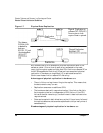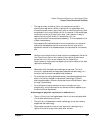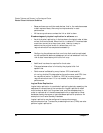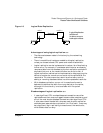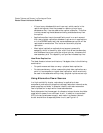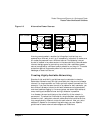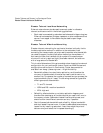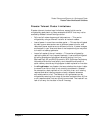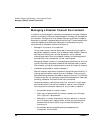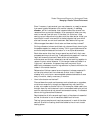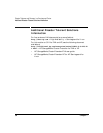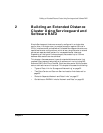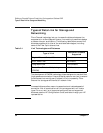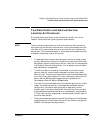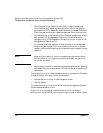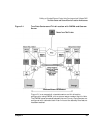
Disaster Tolerance and Recovery in a Serviceguard Cluster
Managing a Disaster Tolerant Environment
Chapter 148
Managing a Disaster Tolerant Environment
In addition to the changes in hardware and software to create a disaster
tolerant architecture, there are also changes in the way you manage the
environment. Configuration of a disaster tolerant architecture needs to
be carefully planned, implemented and maintained. There are additional
resources needed, and additional decisions to make concerning the
maintenance of a disaster tolerant architecture:
• Manage it in-house, or hire a service?
Hiring a service can remove the burden of maintaining the capital
equipment needed to recover from a disaster. Most disaster recovery
services provide their own off-site equipment, which reduces
maintenance costs. Often the disaster recovery site and equipment
are shared by many companies, further reducing cost.
Managing disaster recovery in-house gives complete control over the
type of redundant equipment used and the methods used to recover
from disaster, giving you complete control over all means of recovery.
• Implement automated or manual recovery?
Manual recovery costs less to implement and gives more flexibility in
making decisions while recovering from a disaster. Evaluating the
data and making decisions can add to recovery time, but it is justified
in some situations, for example if applications compete for resources
following a disaster and one of them has to be halted.
Automated recovery reduces the amount of time and in most cases
eliminates human intervention needed to recover from a disaster.
You may want to automate recovery for any number of reasons:
— Automated recovery is usually faster.
— Staff may not be available for manual recovery, as is the case
with “lights-out” data centers.
— Reduction in human intervention is also a reduction in human
error. Disasters don’t happen often, so lack of practice and the
stressfulness of the situation may increase the potential for
human error.
— Automated recovery procedures and processes can be
transparent to the clients.



